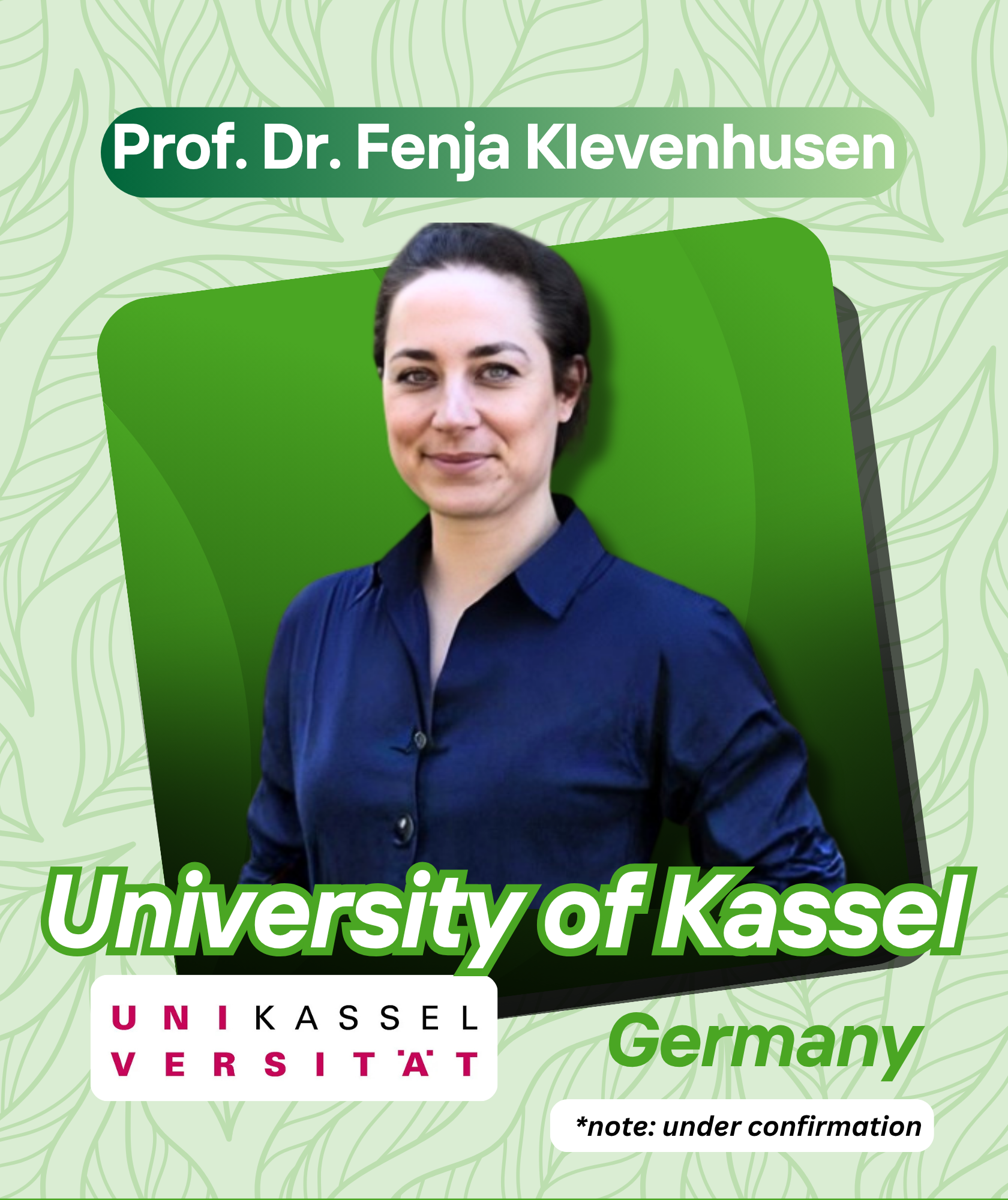Utilization of whey-based growth media for production of recombinant papain-like protease of SARS- CoV-2 under Escherichia coli host cells
This title will be presented on Thursday, December 14, 2023 at 13.30 - 13.40 GMT+7.
Keywords:
covid-19, oligosaccharides , docking simulation, sars-cov-2Abstract
This title will be presented on Thursday, December 14, 2023 at 13.30 - 13.40 GMT+7.
The World Health Organization's removal of the COVID-19 emergency status has not diminished the ongoing public threat posed by new virus variants. The imperative to identify effective drugs against SARS-CoV-2 persists, focusing on screening food-derived compounds for inhibitory effects on crucial viral proteins. Earlier, oligosaccharides were predicted to have antiviral effects against SARS-CoV-2; however, investigations in this domain are still limited. This study aims to screen oligosaccharide compounds against structural and non-structural proteins of SARS-CoV-2. To address, 292 oligosaccharide compounds from the Bio-Oligo3 database were retrieved as ligands for the receptor-binding domain (RBD) of the spike glycoprotein, envelope (E) protein, and papain-like protease (PLpro). The docking simulation under EasyDockVina revealed the compound ID-2207 displayed superior binding affinity (-10.22 kcal/mol) compared to the control (umifenovir, -5.1 kcal/mol), interacting notably with RBD sites crucial residues. Meanwhile, compound ID-2267 demonstrated promising inhibition of PLpro (-8.6 kcal/mol), surpassing the control (GRL0617, -6.1 kcal/mol), though without implicating catalytic sites. Compound ID-2205 exhibited the highest E-protein binding affinity (-7.7 kcal/mol) versus the control (nitazoxanide, -4.4 kcal/mol), forming interaction with critical residues (Ser60 and Lys63). While inhibitory activity remains unconfirmed, this study highlights oligosaccharides' potential to bind to SARS-CoV-2 proteins, warranting further exploration as antiviral candidates.













